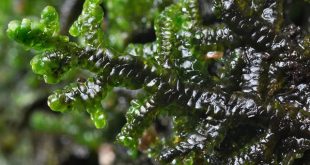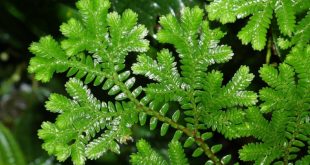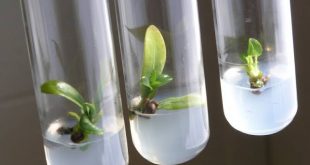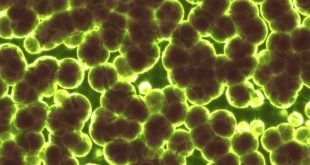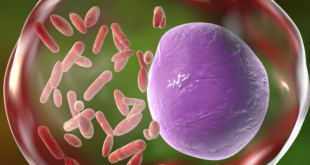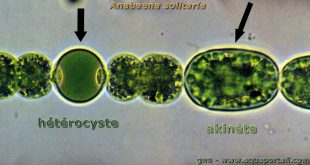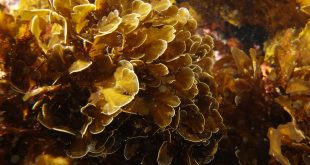(AB: This article only contains the use of peat from Sphagnum and it’s uses in gardening. Although some constructive discussions are in here to facilitate it, they are not exhaustive.) If you are fond of gardening or concerned about the dying condition of your trees, this article will be helpful …
Read More »Monthly Archives: August 2019
Porella: The Leafy Liverworts
Systematic Position Division : Bryophyta Class : Hepaticopsida Order : Jungermanniales Family : Porallaceae Genus : Porella Habit And Habitat Get Free Netflix Now Best safe and secure cloud storage with password protection GPL Themes For Free Get Envato Elements, Prime Video, Hotstar and Netflix For …
Read More »Selaginella: Tale of spikemosses
Selaginella sp. is the sole genus of the vascular plant under the family Selaginellaceae and order Selaginellales. The member of this order has herbaceous stems that are usually without any indication of secondary thickening. Commonly known as spike mosses. Classification Division: Lycophyta Class: Ligulopsida Order: Selaginellales Family: Selaginellaceae Genus: Selaginella …
Read More »Embryo culture technique: To overcome barriers of distantly related crosses.
What is embryo culture? Embryo culture is the sterile isolation and growth of an immature or mature embryo in vitro with the goal of obtaining a viable plant. Embryo rescue technique in overcoming barriers of distantly related crops: Distant hybridization: Hybridization between individuals from different species, belonging to the same …
Read More »Friendly Behaviour Of Bacteria
When we heard about bacteria the first thing that came to our mind is that it must be harmful for us. And it’s very common because the word”bacteria” generally indicates some sort of disease and is likely to repulse and scare we off. Scientists estimate that only 1-10% of total …
Read More »Rickettsia: The Disease Causing Bacteria (Part-1)
‘Rickettsia’ is a genus of non-motile, gram-negative, non spore-forming, highly pleomorphic bacteria that may occur in the forms of cocci, rods, or threads. The term ‘rickettsia’ has nothing to do with ‘rickets’, which is a deficiency disease resulting from lack of vitamin D; the bacterial genus ‘Rickettsia’ was named after Howard Taylor …
Read More »Heterocyst: A Botanical Enigma
Imagine being a very special sibling, having some unique features, acting in a good and interestingly weird way unlike others – feeling important already, right? Heterocyst is such a sibling of other algal cells which altogether make a filamentous structure of the algae. Whereas the other cells perform the function …
Read More »Study Botany in USA: Steps to Follow
প্রথমেই ক্ষমা চেয়ে নিচ্ছি আমার সেই সব জুনিয়র এর কাছে যারা কিনা আমাকে প্রায়ই নক দেয় এবং অনেক সময় হয়তো আমার পক্ষে ধৈর্য রেখে সবার প্রশ্নের উত্তর দেয়া সম্ভব হয় না। একে আমি নিজে introvert, নতুন মানুষের সাথে অনেক ক্ষণ কথা বলা এমনিতেই একটু কষ্টকর, তার উপরে বাবা মা সবাইকে …
Read More »Divisions: Euglenophyta, Phaeophyta, Chrysophyta
Algae is an extremely diverse group of organisms that make up the lower phylogenetic echelons of the plant kingdom. A precise definition of this group is elusive and they share many obvious characteristics with higher land plants, whereas their distinguishing features from other plant groups are varied and more subtle …
Read More »Essential Oil: A Concentrated Hydrophobic Liquid
Essential Oil Essential oil is a concentrated hydrophobic liquid containing volatile aroma compounds from plants. They are usually lipophilic (literally: oil-loving) compounds that usually are not miscible with water. Also, they can be diluted in solvents like pure ethanol and polyethylene glycol. They are also known as volatile oils, ethereal …
Read More » Plantlet The Blogging Platform of Department of Botany, University of Dhaka
Plantlet The Blogging Platform of Department of Botany, University of Dhaka

